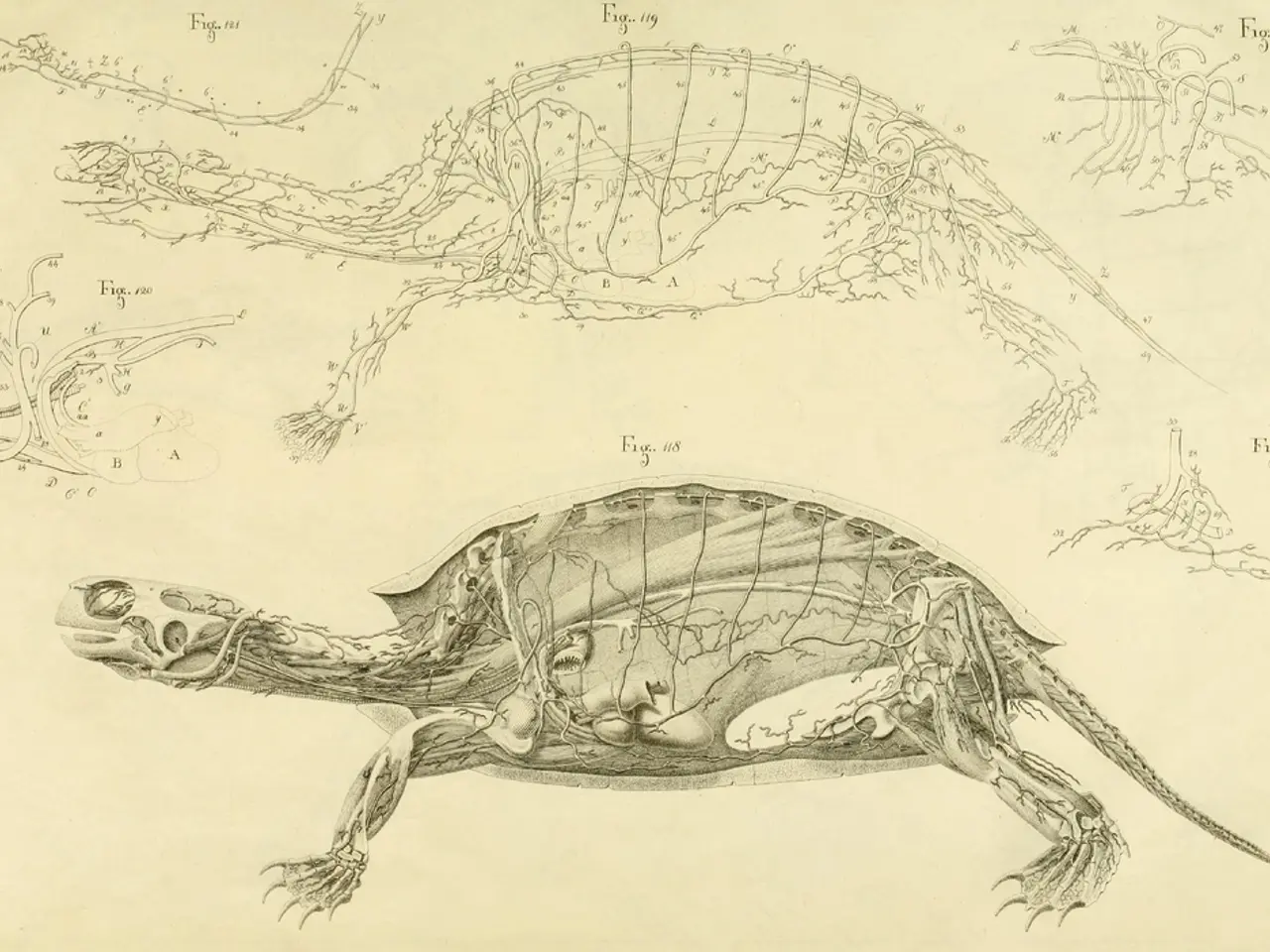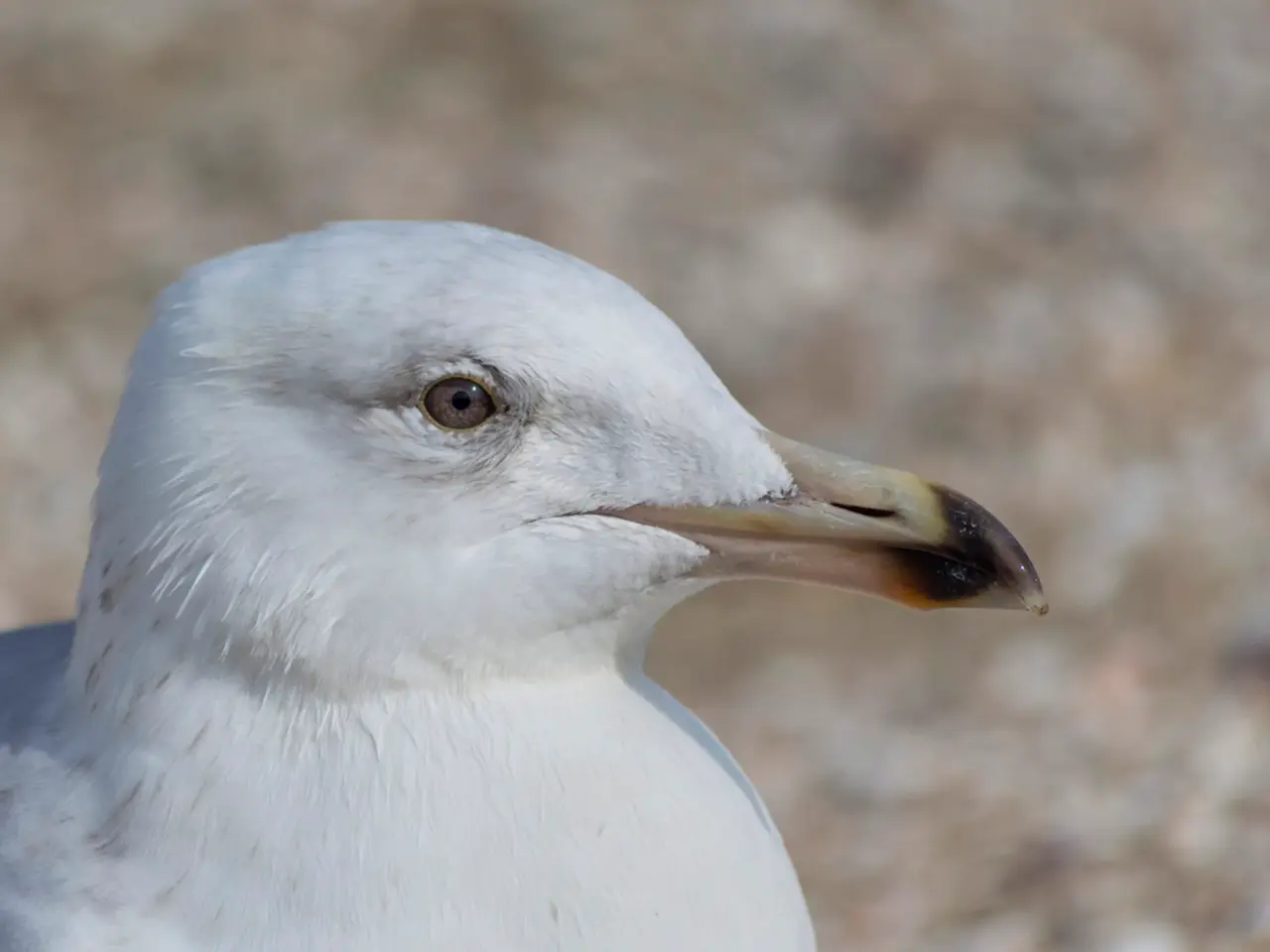Intriguing facts about house turtles:
Pet turtles, with their long lifespans and fascinating characteristics, make unique and captivating companions. However, caring for a pet turtle requires dedication, understanding, and adherence to specific environmental, dietary, and health needs.
**Tank Setup**
Providing an adequate living space is essential. For instance, Murray Short Neck Turtles need a tank at least 150cm x 60cm x 60cm, with a water depth of 30-40 cm, while Painted turtles require a base area of at least 120cm x 60cm, including both water and land areas. Softshell turtles need large tanks of 75 to 100 gallons. The tank must have strong filtration to maintain clean water and prevent illness, with weekly water quality tests recommended.
**Lighting and Temperature**
Turtles require UVB lighting for about 10 to 12 hours daily, crucial for calcium metabolism and shell health. Heat lamps or basking lamps should also be used to create warm spots, with temperatures varying depending on the turtle species. For example, softshell turtles prefer ambient temperatures of 21-27°C and basking spots at around 32°C, while painted turtles require water temperatures between 22-26°C with heat lamps for basking.
**Water and Substrate**
Maintaining clean, well-filtered water with proper mineral levels is crucial. Adding turtle-specific salt supports shell and skin health and prevents infections. Soft water may require calcium supplements like Calgrit in the substrate to stabilize pH and provide slow-release calcium. The choice of substrate also matters, with softshell turtles benefiting from clean play sand to allow natural burrowing behavior.
**Diet**
Most turtles are omnivores, but their dietary preferences vary with age and species. A varied diet, including animal protein (fish pieces, insect larvae, shrimp), commercial turtle pellets, and calcium sources, should be offered. Adult turtles should be fed once daily with an amount they can consume in about 15 minutes, adjusting for age and size.
**Health and Handling**
Minimizing handling is crucial to reduce stress, which can lead to illness. Regular checks for signs of shell rot, eye swelling, lethargy, or loss of appetite are essential, as these may indicate poor water quality or other health issues. Maintaining a stable environment with routine health checks and water quality monitoring is vital.
**Additional Care Notes**
Some turtles, like painted turtles, may require hibernation periods depending on subspecies, while others, like C. p. dorsalis, should not hibernate to avoid hypothermia. Environmental enrichment, such as varied tank design with stones, plants, roots, and different water depths, helps stimulate natural behaviors and keeps turtles engaged.
Remember that turtles are high-maintenance pets, living for a long time, which means that good pet turtle care is a commitment for life. By following these guidelines, you can help your pet turtle live a healthy and potentially long life spanning decades. It's important to note that turtles are illegal to release into the wild in most countries, and female turtles can lay eggs without mating, but unfertilized eggs should be removed.
Turtles have been around for over 250 million years, originating in the Triassic Period. They have great colour vision, perceiving different wavelengths of light, and their shells provide effective protection from predators, abrasion, threats in the environment, and even fire. Turtles can be found on every continent except Antarctica, with the highest concentration in the US.
Turtles vary enormously in size, with some reaching lengths of up to 8ft 10 and weighing 1,100lb. They require special care as pets, including the right lighting, temperature, and water filtration. Turtles need vitamin A for their eyes, skin, mouth, lungs, muscles, bones, and reproductive system, and pet turtles are particularly susceptible to vitamin A deficiency. Turtles have no ear openings but can hear sounds and vibrations, and they commonly carry the salmonella bacteria on their shell, which can cause serious, possibly fatal, infection in humans.
Despite these challenges, turtles can be rewarding pets. They can recognize the sights and sounds of their owners and may associate humans with feeding time or a bit of attention and affection. Turtles are ectothermic, breathing air, not water, and have lungs. Aquatic turtles have webbed feet or flippers, while tortoises have club-like forelegs and hindlegs.
In conclusion, caring for a pet turtle is a rewarding but demanding responsibility. By understanding their needs and providing a suitable environment, balanced diet, attentive health monitoring, and minimal stress through gentle handling, you can ensure your pet turtle lives a healthy, happy life.
- A dog requires a large home-and-garden space for exercise and play, much like a turtle needs an adequate living space in a tank for survival.
- Adopting a pet dog from a shelter does not only rescue an animal in need but also influences the dog's behavior and overall lifestyle.
- A balanced diet for dogs includes animal protein (like chicken, beef, or fish), commercial dog food, and various fruits and vegetables, similar to a turtle's diet that consists of both animal and plant matter.
- Providing care for a dog, such as routine vet check-ups, vaccinations, and grooming, closely resembles maintaining a clean and healthy environment for a pet turtle, ensuring water quality and proper lighting.
- Like turtles, cats require a stable and controlled living environment to reduce stress and promote health, as well as regular check-ups, food, and attention from their human companions.




